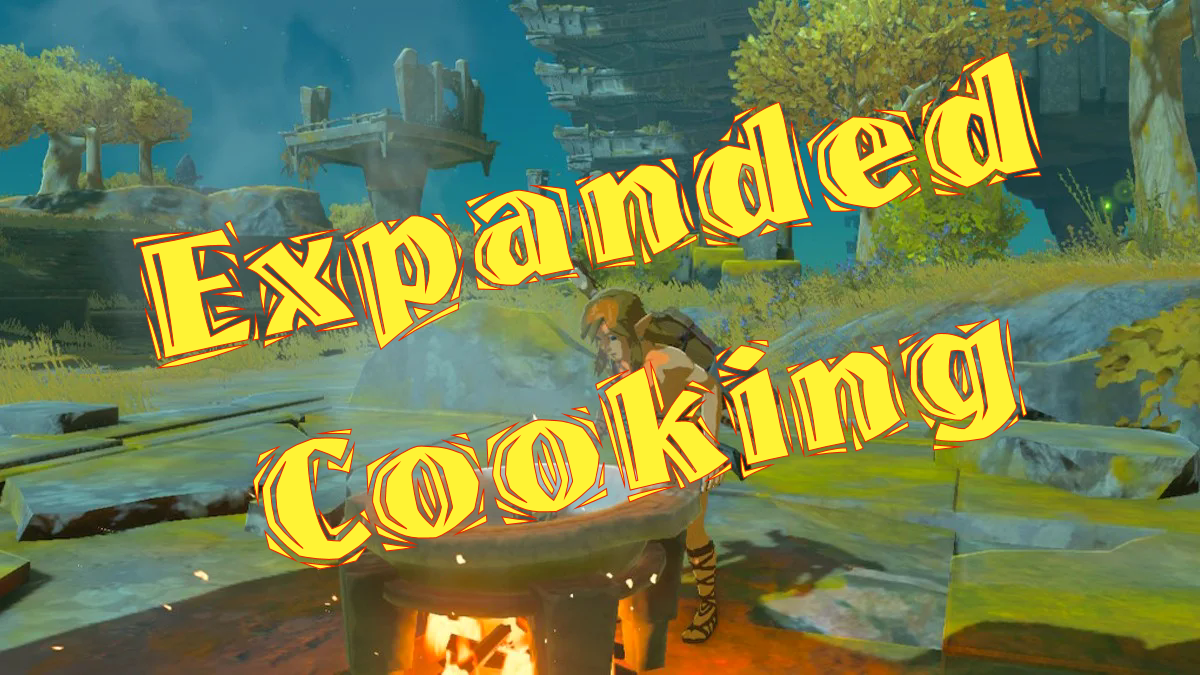There only being four issues of Kobold Quarterly a year, it’s hard for any one to have a theme. However, if there is one issue that can have a theme without feeling forced upon the readers, it is an October horror issue. Every day in the life of an adventurer in a world of magical medieval fantasy is like Halloween brought to life. As mentioned in Private Sanctuary episode 94 KQ #11 features werewolves, vampires, and more.
My KQ subscription ran out after issue #10. The day I found this out, I renewed. I am only mentioning this because, regardless of how I review individual issues, Kobold Quarterly delivers consistently enough to have earned my approval in advance. For those of you that only want to invest in the issues you hear are good, I am here for you.
Slightly smaller than the previous issue, KQ #11 weighs in at 76 pages. There are four 4e specific articles that take up 17 pages of the magazine. That leaves 42 pages of 3.5, Pathfinder, or system neutral content, plus two bonus Pathfinder-specific pages included with the PDF. A smaller issue than #10 with a higher 4e content proportion. Is there enough content to make a 3.5 loyalist happy?
Content breaks down as follows:
- It’s Good To Win, Wolfgang Baur’s editorial. Discussing Kobold Quarterly’s 2009 ENnie “Best Writing” gold win . The magazine definitely deserves bragging rights and while it isn’t as insightful as his editorials usually are, it has its reason to be there.
- A Broken Mind: Sanity and Disorders by Scott Gable (4e) Yes it’s 4e, but the mechanics are easy enough to translate if you want to add some Cthulhu horror to your 3.5/PFRPG. Unfortunately, it doesn’t read like a 3.5 article. Whether it is more in line with 4e’s tone and cadence or whether it is just Scott Gable’s writing style, A Broken Mind reads more like a friendly blog post than a formal article. A bit distracting but not a flaw by any means.
- Wicked Fantasy – Uvandir: The Pride of Craftsmen by John Wick and Jesse Heinig (3.5/4e) What was not obvious to me when I first read KQ#10’s article on Haffums was that John Wick and Jesse Heinig’s Wicked Fantasy was a series of articles reimagining the core fantasy races. Haffums were a reinterpretation of Halflings, and now Uvandir are reinterpreted dwarfs. Although I do not expect to replace dwarves with Uvandir in my campaigns, there are ideas that I can either employ to dwarves or use on another, less cornerstone race.
- Howling Werebeasts: How to Play Lycanthropes as PCs by John E. Ling, Jr. (3.5) A lot of the common issues of characters contracting the lycanthrope curse are addressed nicely. Arguments against simply accepting the bonuses lycanthrope, alternative rules to support those arguments, and a slower progression of gaining the abilities all work towards “fixing” lycanthrope. Best of all, the solutions all follow precedence set in WotC sourcebooks and fit nicely into the 3.5 rule scheme.
- Ecology of the Vampire by Tim and Eileen Connors (3.5) Anyone that listened to Private Sanctuary episode 94 heard me gush over this article. Rarely do you find a flavour article that handles crunch so smoothly. The writing is spectacular, approaching the millennia old monster in brilliant new ways. Do not run a vampire encounter without this article. And once you’ve read this article, I guarantee that you will want to run a vampire encounter.
- Running Across the Screen: A GM Roundtable by Christopher L. Dinkins and Jeremy L. C. Jones. A roundtable about the art of game mastering with: Cam Banks, Jason Bulmahn, Monte Cook, Will Hindmarch, Jim C. Hines, Kenneth Hite, James Jacobs, Robin D. Laws, Mike Mearls, Chris Perkins, Chris Pramas, Matthew Sprange, Greg Stafford, Greg Stolze, Harley Stroh, and James Wyatt. Even if only know half those names, you know enough to get excited. Unfortunately, the roundtable is overcrowded. There is only about one answer per guest. This could have been broken up into four articles that would have been more insightful into each designer’s point of view. Still a good read, though, filled with many GMing universal truths.
- Book Reviews: All tomes read by candlelight by Cynthia Ward and Pierce Watters. With all due respect to the authors, I wasn’t interested enough in the content to read it.
- Haunted by the Spirit of the Rules by Monte Cook. This feels like a companion to the GM Roundtable, with Monte Cook analyzing the “creative misinterpretation” of rules and “beat the game” mentality of some players.
- Wishing Well by Garrett Baumgartner (4e) It is 4e mechanically, but there are tidbits of advice that can be applied to the casting of wishes in 3.5, such as interpreting wishes without metagame language more favourably.
- Whack Jacks and Harpy Nets: New Weapons for Old Monsters by Adam Daigle, Stefan Happ, Tim Hitchcock, and Michael Kortes (3.5) Ten new weapons designed specifically for monsters. They are all creative concepts but some, such as the Giant’s Arbalest, are designed better than others, such as the Warcage. Giants are disproportionately well represented in this article, but any weapon for giants can be wielded just as well by any large or larger creature that uses weapons.
- Torture and Fear on the Tabletop by Hank Woon (PF, 3.5) This article started so well, illustrating the major problem with torture in a hit points-based game. However, the mechanics it suggests are too limited and the article too short. Torture and Fear on the Tabletop proposes that torture scenes use charts that randomly determine torture effects, so a character braving torture may take some non-lethal damage or may go permanently blind. It makes resisting torture a gamble, which is good, but the chart system takes the torturer and the victim completely out of the equation. A pixie with a poker can torture an epic paladin as effectively as a bugbear with max ranks in Profession (torturer) could torture a Halfling commoner. This article had room for torture device stats, saves against fear, and escalation. Instead, it reduces the entire mechanic down to a single roll on a chart that goes against the nature of 3.5 rules.
- Same Rules, Different Treasure by Ken Marable (3.5/4e) A wonderful article on changing the flavour or magic items to give them back their exotic nature. It is not organized in the way I would have and goes into unnecessary detail of cultures that tend to use non-traditional versions of popular magic items. Overall, it is a very useful article that gets the creative juices flowing.
- Monstrous Paragons by Phillip Larwood (4e) This article is too mechanics-heavy to be of any use to 3.5 loyalists.
- Mysteries of the Philosopher’s Stone by Mario Podeschi (4e) A bit more flexible than Monstrous Paragons, this article still would require some heavy modification to apply to 3.5.
- The Spell-less Ranger: A Pathfinder Roleplaying Game Base Class by Marc Radle (PF) Although alternative class features for spell-less rangers are nothing new to 3.5, this is the first Pathfinder RPG spell-less ranger I have seen. It borrows heavily from the rogue with class features like stealth strike and ranger talents, but ties them to the ranger’s favoured terrain. Nature’s Healing is a nice touch, making up for the loss of cure spells. I worry that the right favoured terrain choices could effectively replace rogues with rogue/rangers. I also worry that this spell-less ranger is easily better than the standard ranger. A fun concept, but GMs beware letting a min/maxing player get their hands on it. As an added bonus, the pdf of Kobold Quarterly #11 includes character sheet enhancements for rangers to keep track of favoured enemy and terrain bonuses, as well as animal companions. Wolfgang Baur has promised that these would be made available on the Kobold Quarterly site a few weeks after the issue’s release.
- Farragum, the Howling City by Dan Voyce (3.5/4e) Ever wonder what make Derro insane as a race, or how an insane society can function? Farragum is a Derro city that drives its inhabitants crazy. Adventures set here are a race against time to preserve the sanity of the party. Complete with a map of the underground isles city. I look forward to using it.
- Road and River by Wolfgang Baur There are references to Zobeck from Wolfgang Baur’s Open Design projects. Never having read any Zobeck material, I have no real idea what I was supposed to get from this article. It’s short, though, so even being confused by it doesn’t take away from the magazine.
KQ #10 was such a strong issue, it was almost a guarantee that #11 would be a step down. Still, despite a lower page count and more 4e articles, it felt like at least as much 3.5 content as before. Some articles did not deliver exactly what I wanted from them, but they were still useful while other articles delivered far more than I expected. The issue is worth it for the vampire and werewolf articles alone. Everything else is cream. Even if you do not pick up the issue, keep an eye open for the ranger aids, whether you play the standard or spell-less version of the class.




Leave a Reply